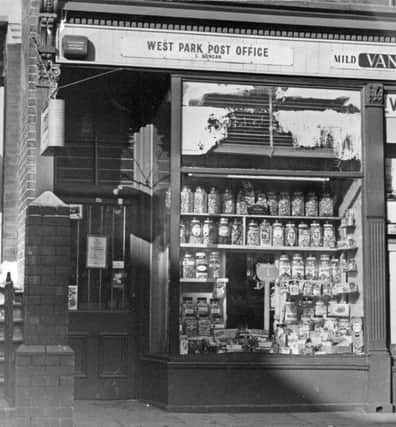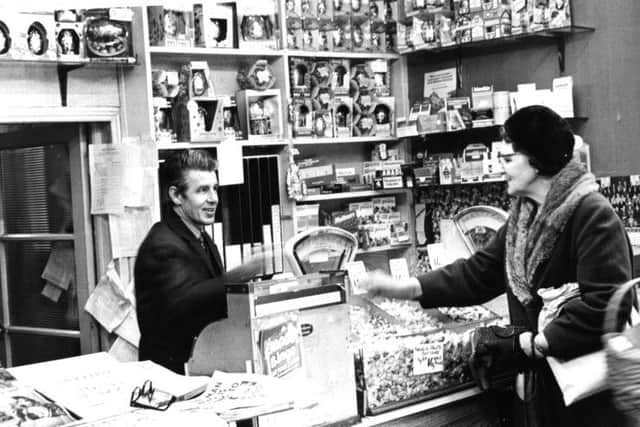When rationing sweets was so hard to swallow


They’re the treats we grow up with – and still enjoy when our teeth have perhaps seen better days (possibly due to a life-time of munching and crunching that very same confectionary!) .
We all have our favourites, of course, from humbugs to Haribo and black bullets to mix-ups; not to mention parma violets and Percy Pigs.


Advertisement
Hide AdAdvertisement
Hide AdWhatever you’re “weakness” they can often be found in bags or packets, pushed in drawers or pockets, just waiting to satisfy a craving for something sweet (or sour, as in some cases).
So imagine having to go more than a decade with limited access to your personal faves?
Well, that’s what people had to do during and after the Second World War as a result of sweet rationing.
General food rationing began in Great Britain just after the conflict started, on January 8, 1940.
Advertisement
Hide AdAdvertisement
Hide AdSweet and chocolate rationing followed on July 1942, only coming to an end – 66 years ago today.
The amount of sugar and, as a result, sweets that you were allowed to buy fluctuated during the war, ranging from 16oz a month down to 8oz (227g) a month. In those times, some of the most popular sweets you could purchase in the local corner shop were lemon sherbets, mint imperials, flying saucers, barley sugar twists, liquorice, jelly babies, Fry’s chocolate creams, pear drops and cola cubes.
I was surprised to learn that Spangles (remember them?) were introduced in 1950 and so you would have had to buy them using tokens or points from your ration book.
Apparently, Spangles required just one point instead of the two required for other sweets and chocolate.
Advertisement
Hide AdAdvertisement
Hide AdThis, along with effective marketing, made Spangles very popular.
Once rationing ended, sweet treats such as toffee apples and nougat soon joined Spangles as firm favourites with Brits who had had to cope with so little for so long.
Soon enough, though, regimental rows of glass bottles, brimming with hard boiled sweets, toffees and chocolate, along with other flavoured chewies, could be seen standing on shelves in corner stores, waiting to be taken down, so that the shopkeeper could shake free the required confectionary before bagging them up and replacing the container to its rightful place.
Mind you, I seem to remember that such rituals were more for “grown ups” with us “little ’uns” confining ourselves to the boxes and trays on the front counter.
Advertisement
Hide AdAdvertisement
Hide AdThere, viewed at close quarters, could be seen all sorts of cheap and cheerful sweets, like penny chews, lollipops and gobstoppers.
How many of you remember bars of Highland toffee or Refreshers?
Perhaps you were more a Black Jack boy or a Sherbert fountain girl?
Today, many of the sweets that we used to spend our pocket money on are on sale again as “retro” treats – if only Cadbury’s would bring back Old Jamaica or Aztec chocolate bars!
Advertisement
Hide AdAdvertisement
Hide AdThey may be gone, but talking to colleagues, they’re not forgotten.
Nor do we easily forget those long-since shutdown corner shops where we used to spend so much time pondering on what to spend our pennies on.
Rammed to the rafters with all sorts of things, they were like Arkwright’s shop – places of temptation and trepidation in equal measure.
Please get in touch with your memories of the sweets you used to enjoy and the shops where you bought them from.